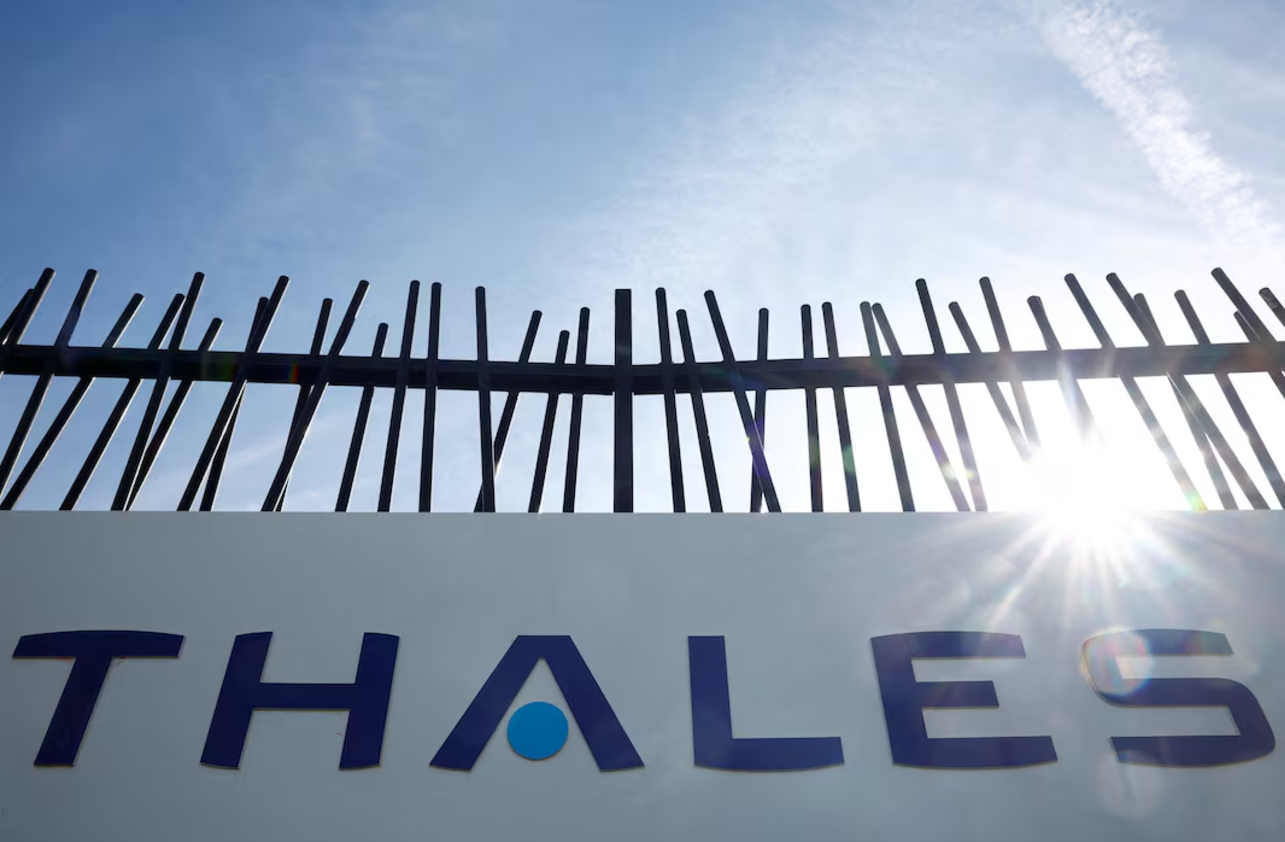Travel
Why is flying more expensive in the US than in Europe?

Calls for the US to open up its aviation regulations to reduce airline ticket prices are being renewed, with the consumer price index showing a 25% hike in ticket costs over the last year.
Supply and demand
The inflation is being caused by a number of factors, including a classic supply and demand conundrum. Consumer spending on aviation has increased 60% in the same time period, but airlines are still facing post-Covid staffing deficits and supply chain problems that have left them waiting for new aircraft, delaying new routes and even slashing existing schedules.
Downward price pressure from low-cost carriers in Europe
European flyers however are not facing the same high prices. This is partly thanks to the deregulation of Europe’s skies that happened during the 1990s, creating a diverse single market in which any EU carrier can in theory serve any EU destination. This led to a more level playing field between budget or low-cost operators and their larger competitors, helping to keep prices low. In the same vein, Europe also benefits from more viable alternatives to air travel than the US, with a comprehensive 6,500 km high-speed rail network giving consumers more options.
Big carriers dominate in US
The US market meanwhile went in the other direction, undergoing carrier consolidation with mergers between airlines such as Delta and Northwest, and United and Continental, effectively stifling competition. Now, just five carriers dominate the market there, representing 80% of flights. In contrast, low-cost carriers make up nearly 60% of the market in some European countries. According to Simple Flying, Ryanair, for example, flies to almost double the number of destinations in Europe (228) of equivalent US budget operator Southwest (115) and is able to maximise its network to fly 2400 routes.
Protectionism
The US also limits its offer to consumers because only carriers at least 75% US-controlled and with at least 66% US executives are allowed to operate there. Although a 2008 EU-US Air Transport Agreement removed protectionist route, price and scheduling caps on services between the continents, a “second stage” of negotiations is yet to successfully remove other limitations.
At the time of the first agreement, the EU’s ambassador to the US said that consumer savings from “a truly open-skies policy would amount to more than $5 billion annually while providing far greater connectivity across the country.” Echoing that, the EU Commission said achieving a new pact would “normalise transatlantic aviation, bringing it into line with the changes that we have already seen in other sectors of the economy.”










